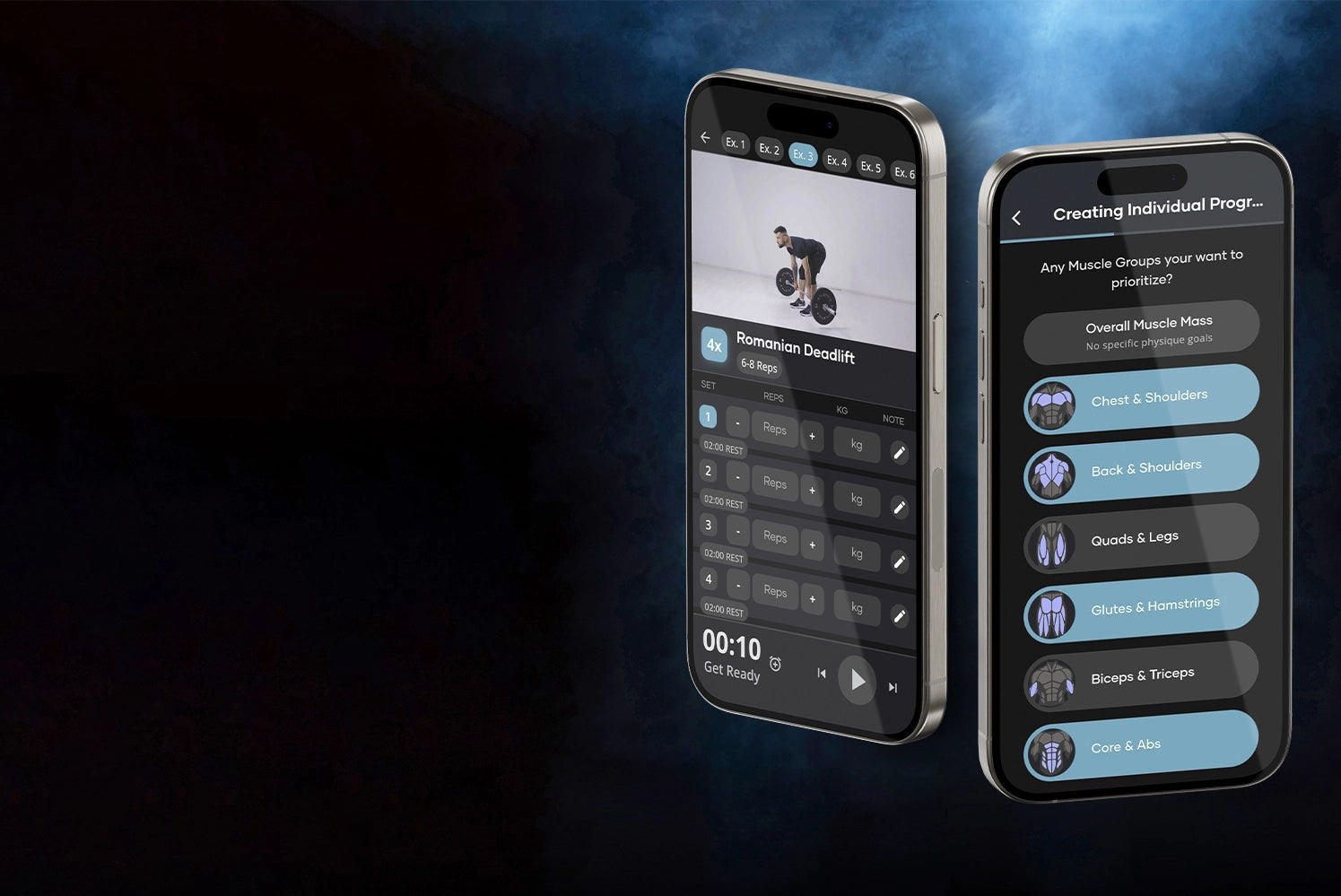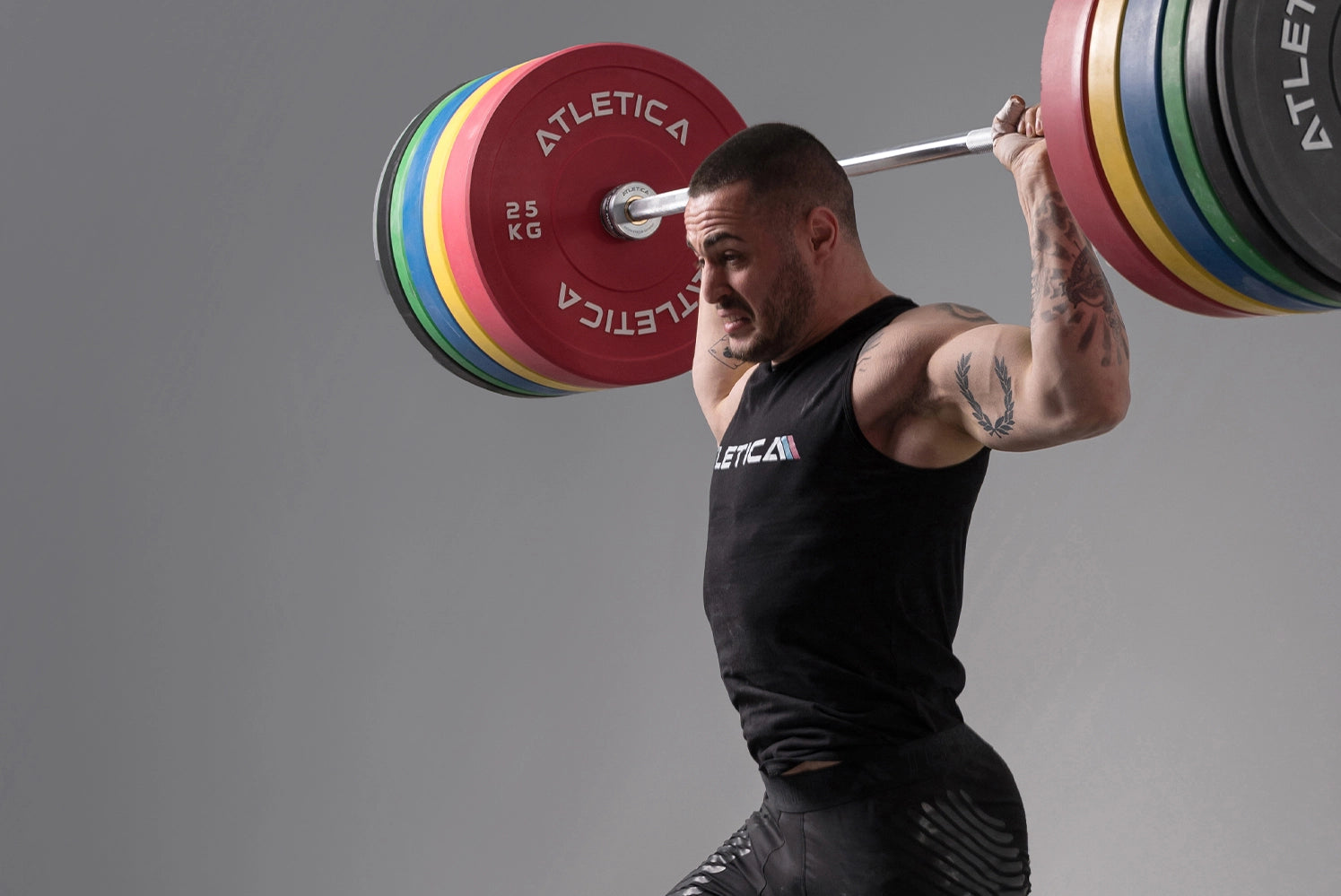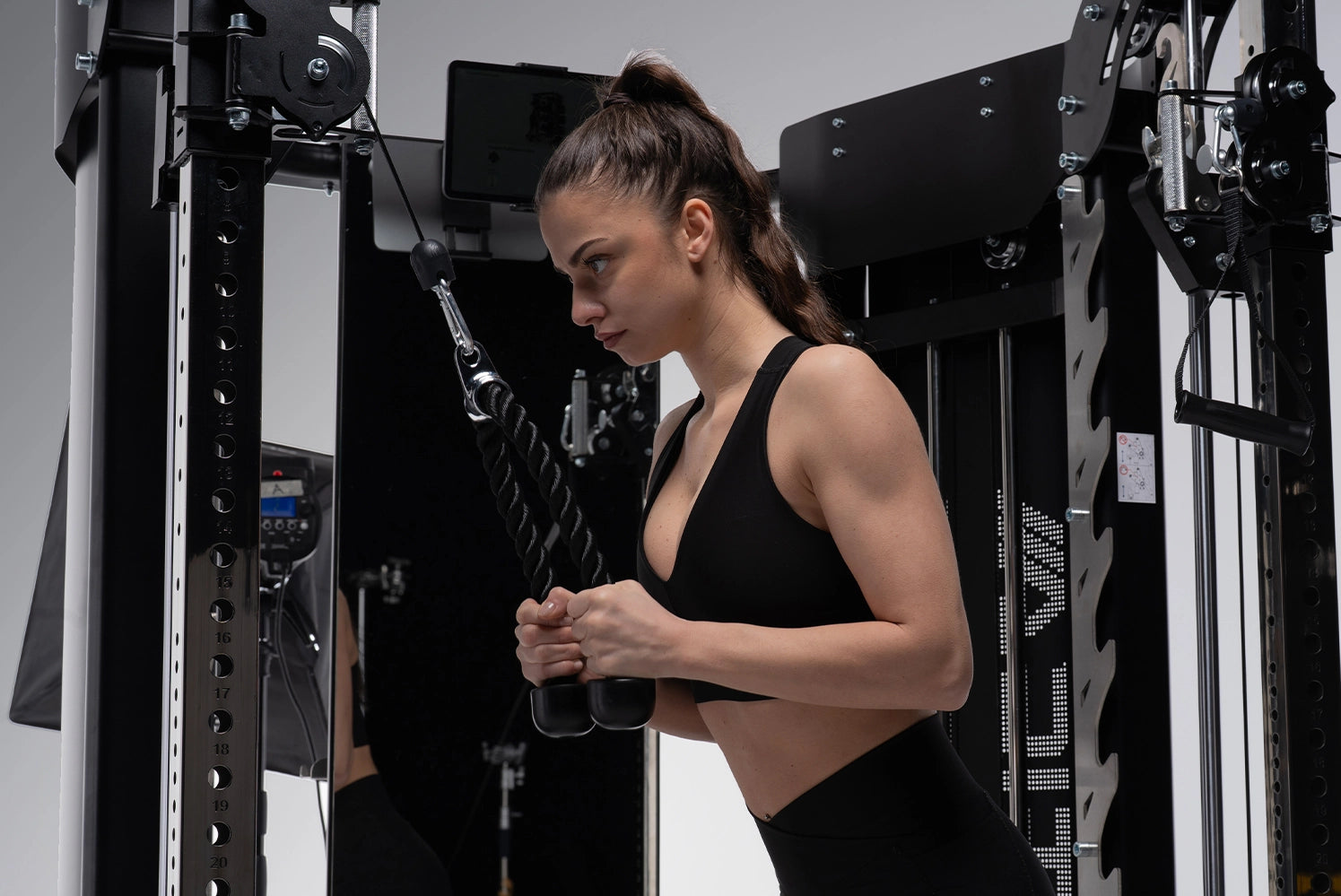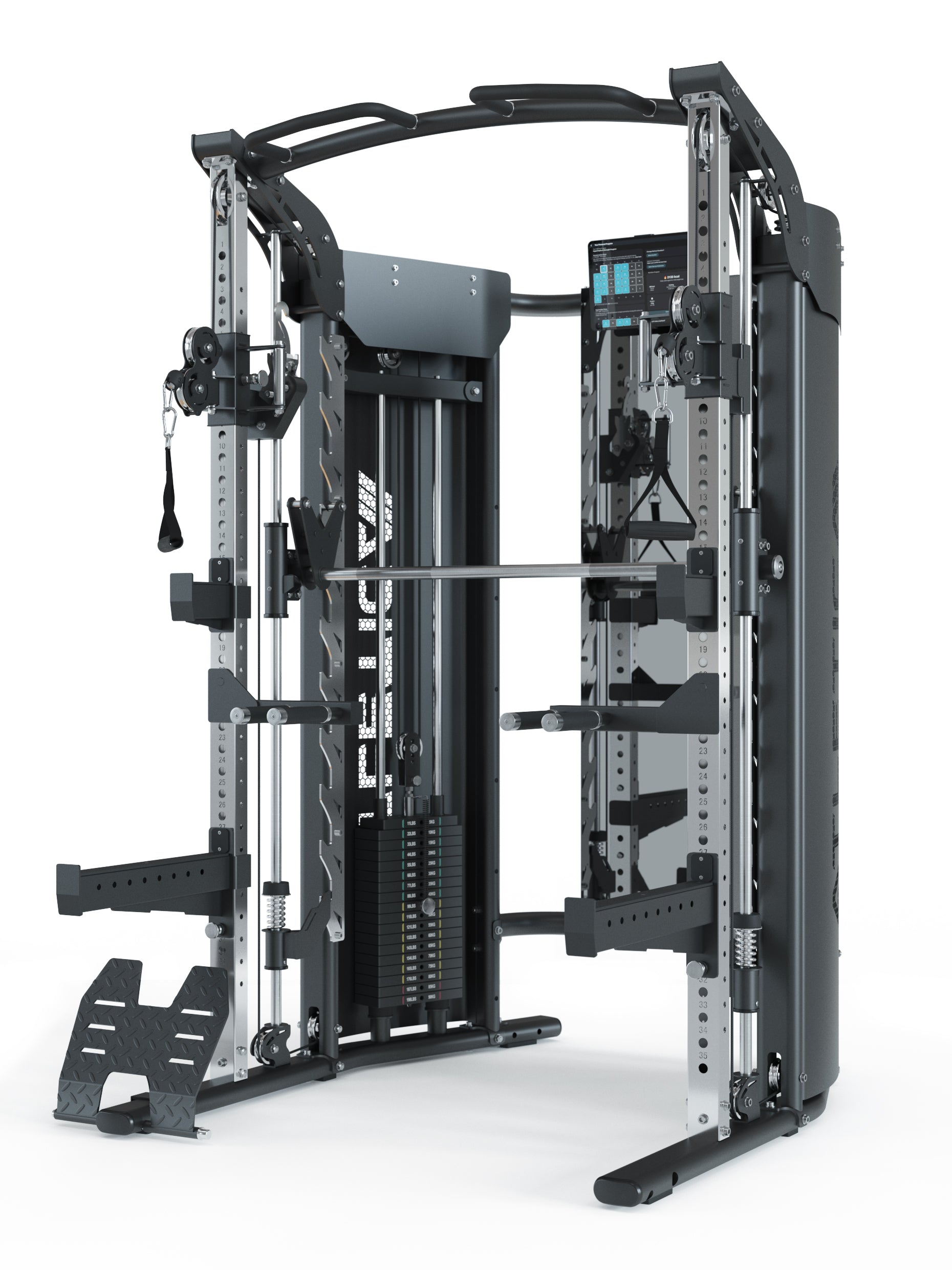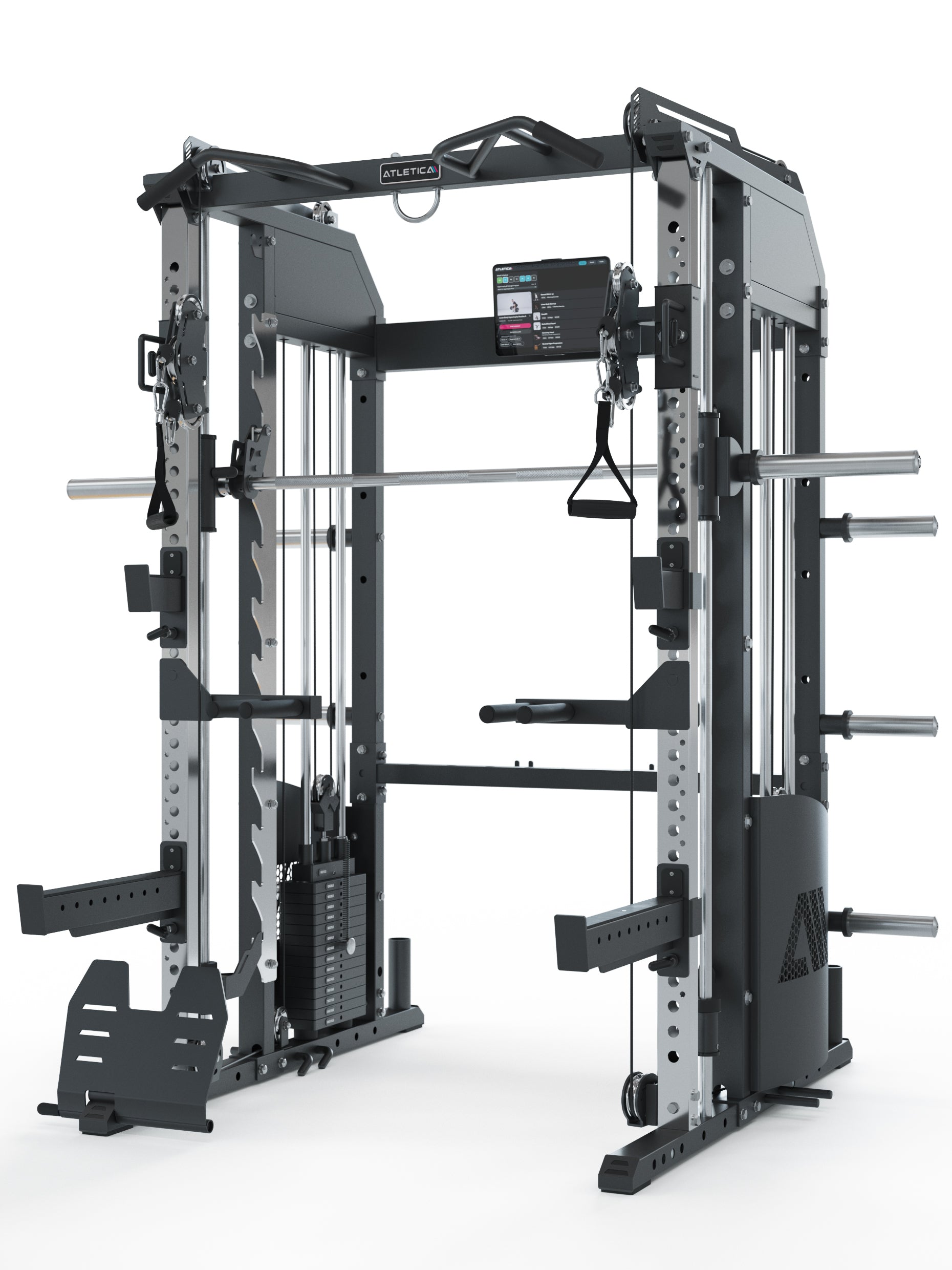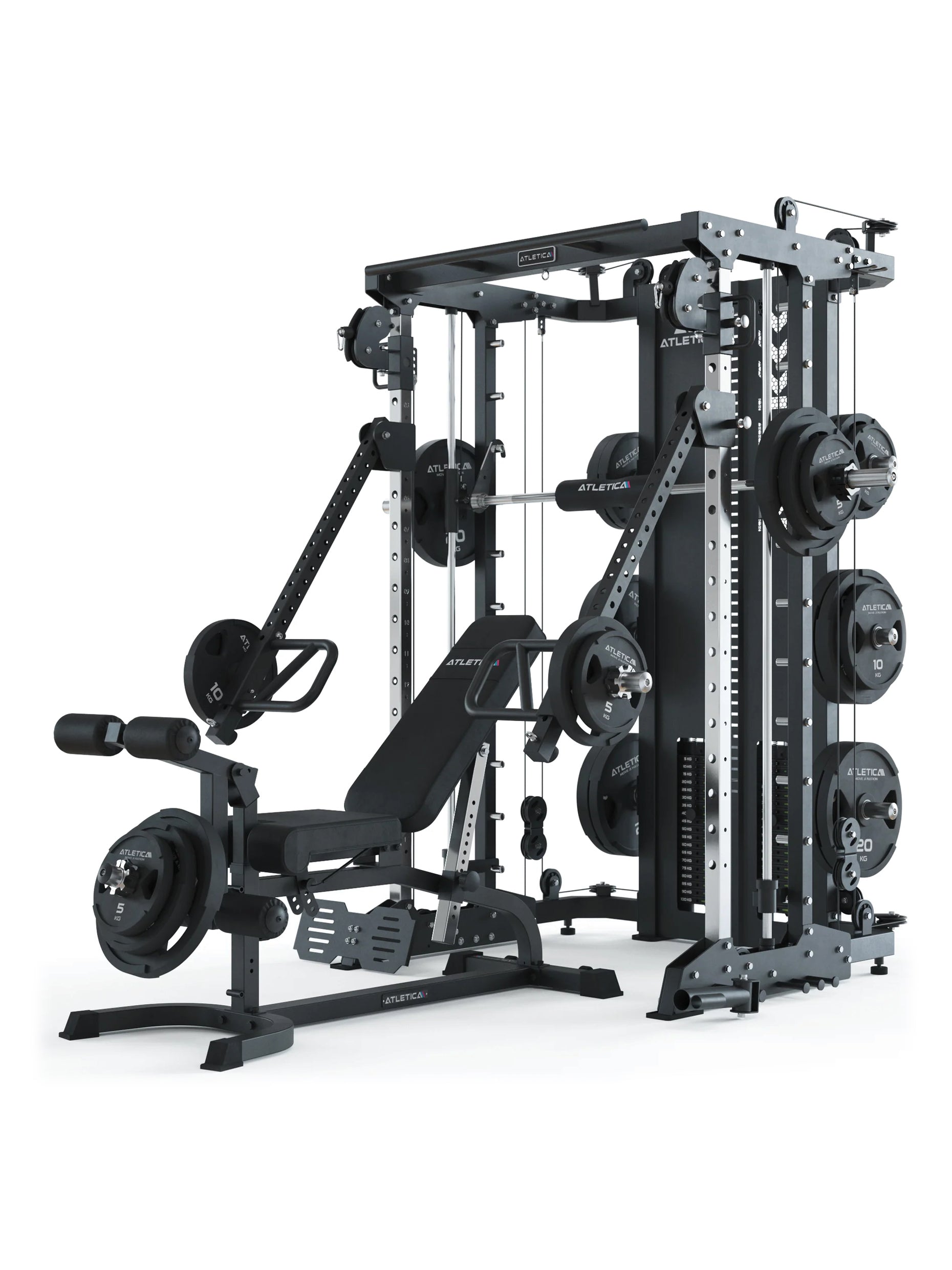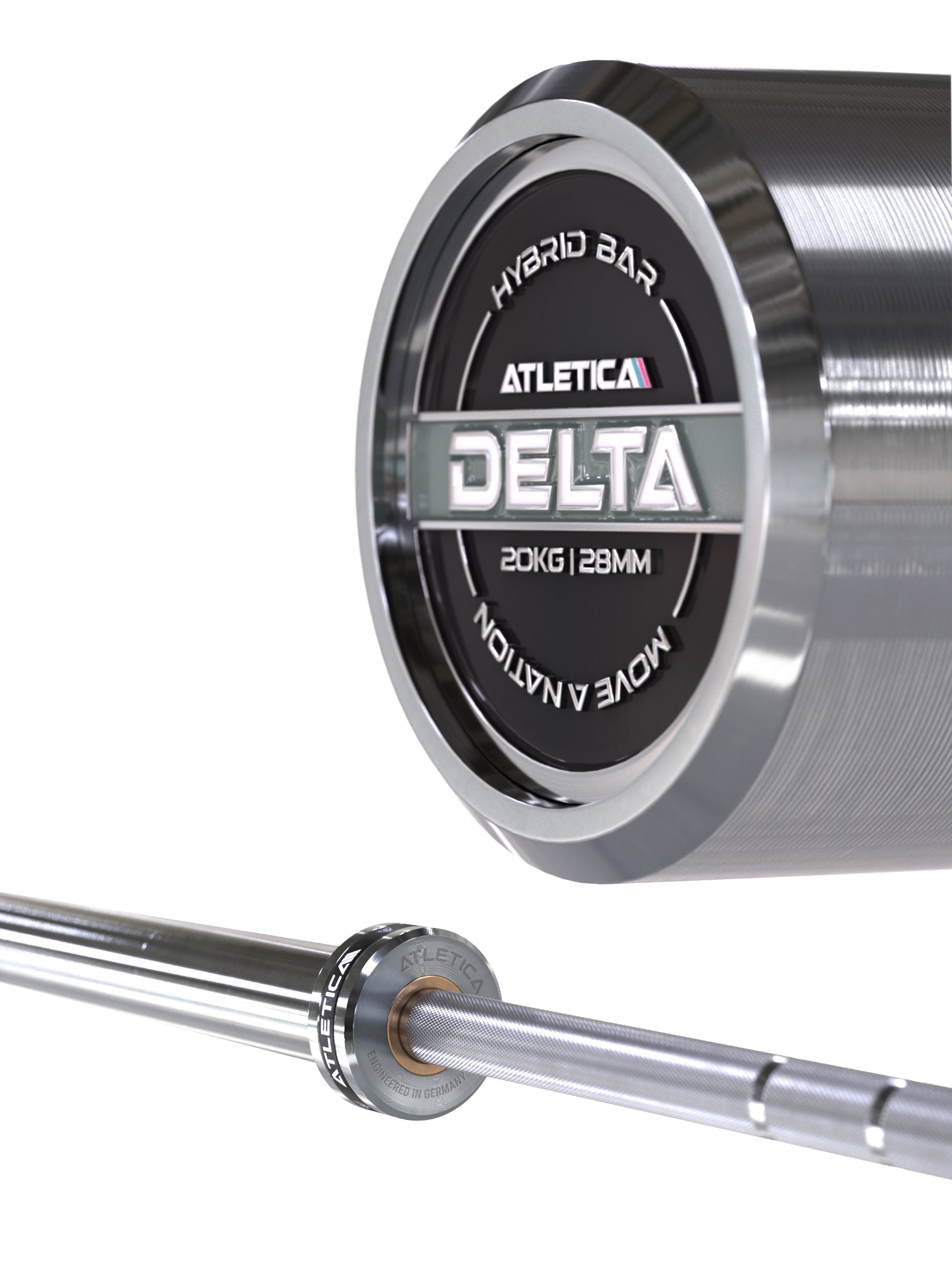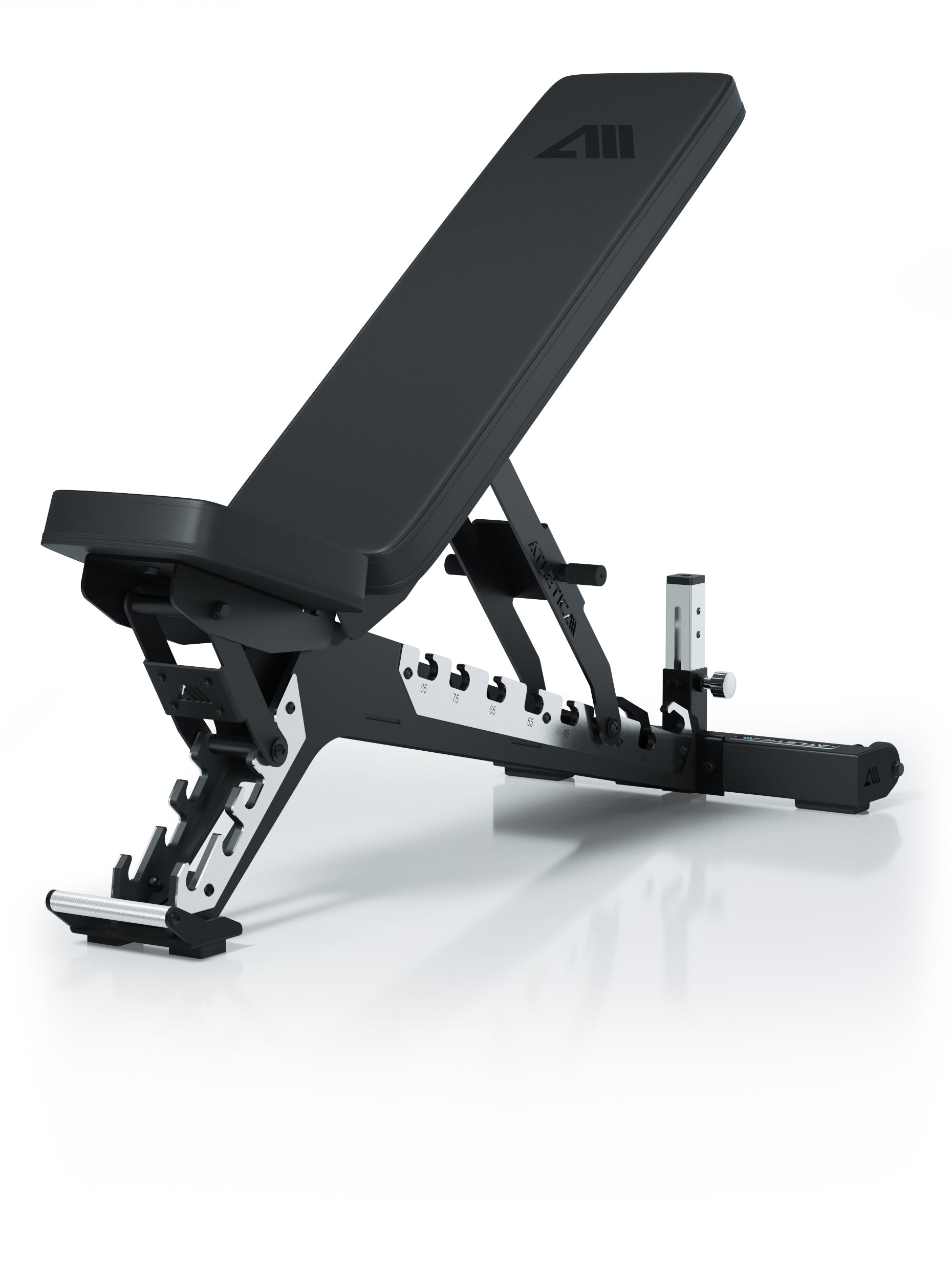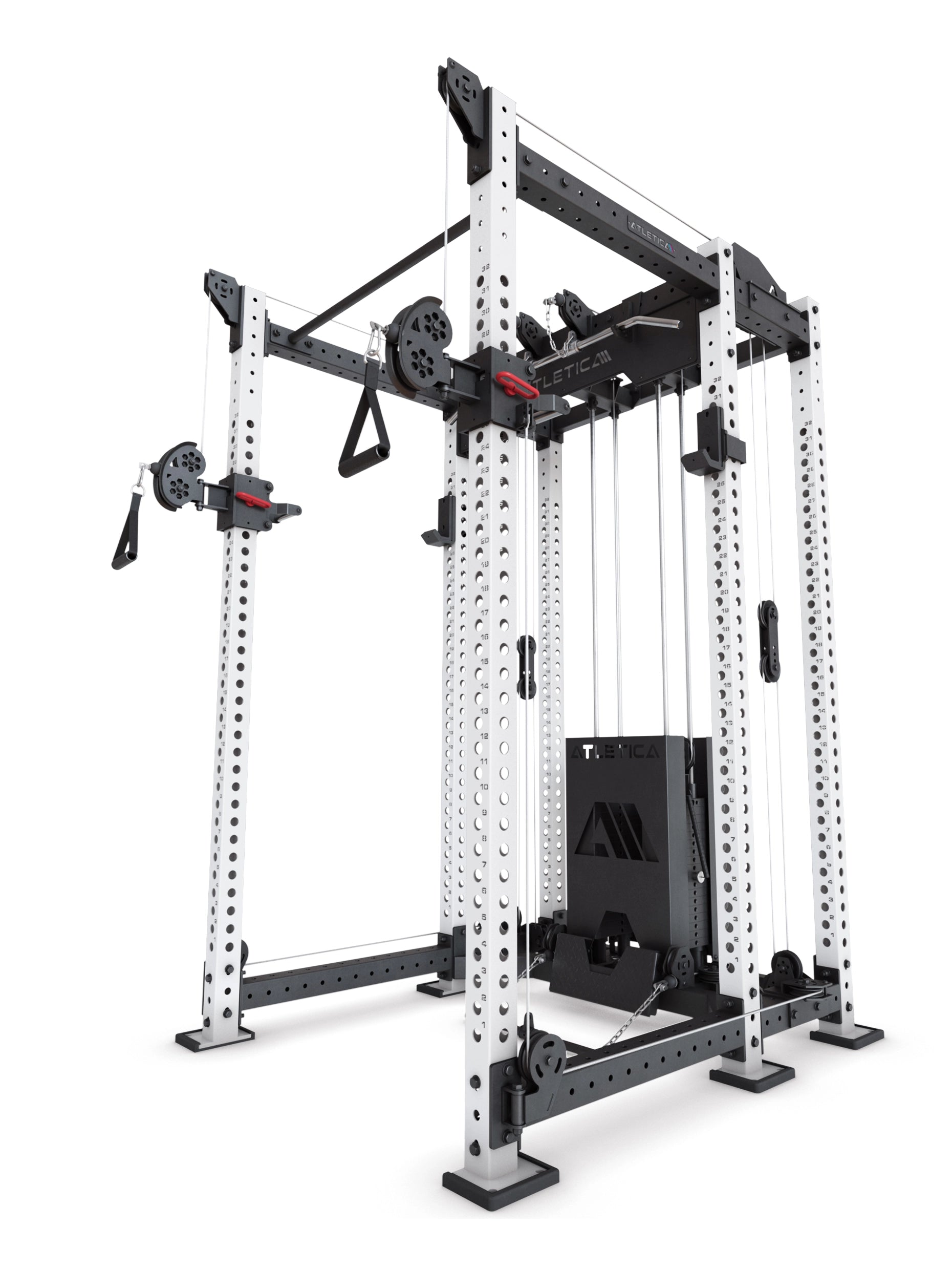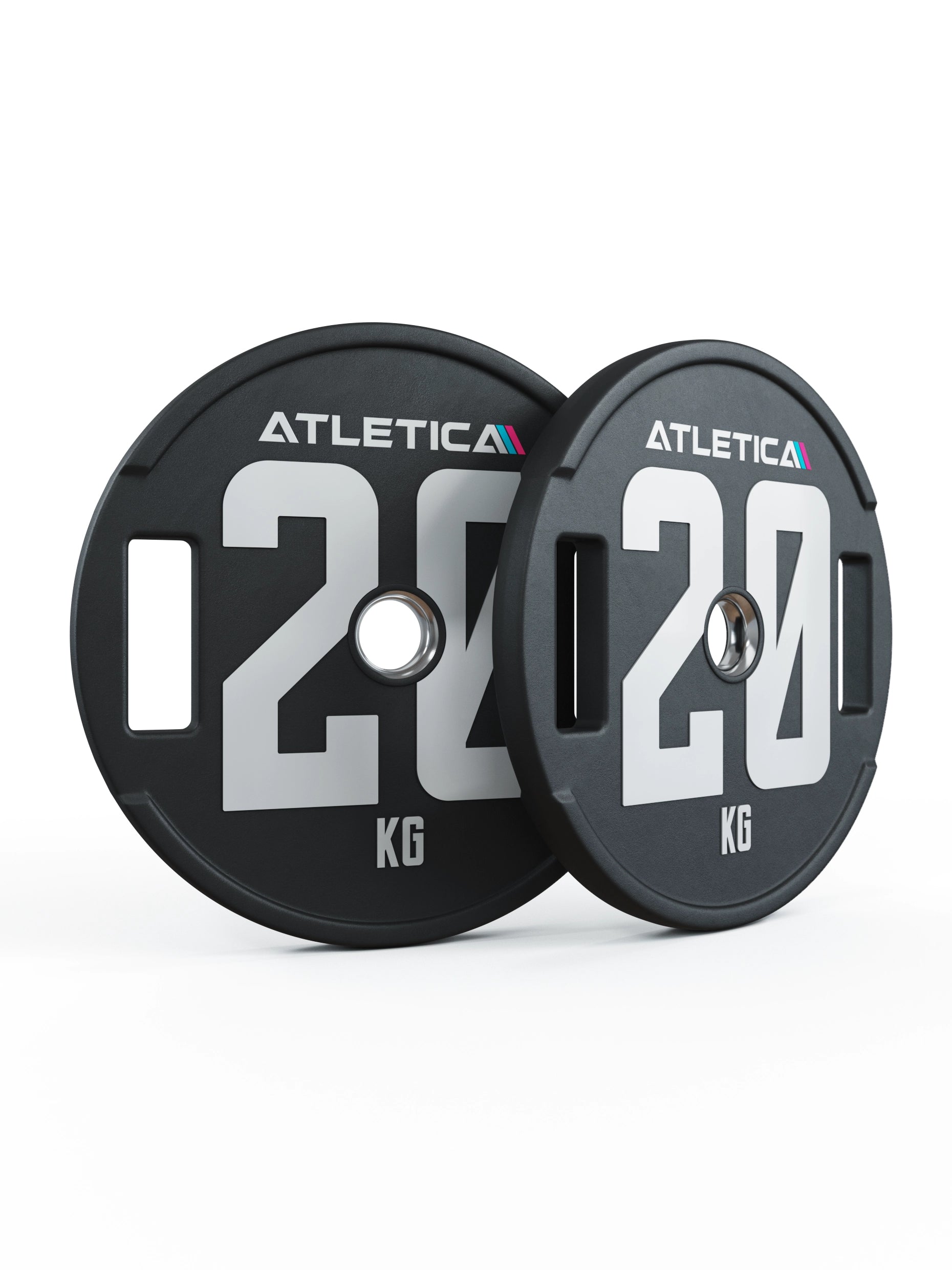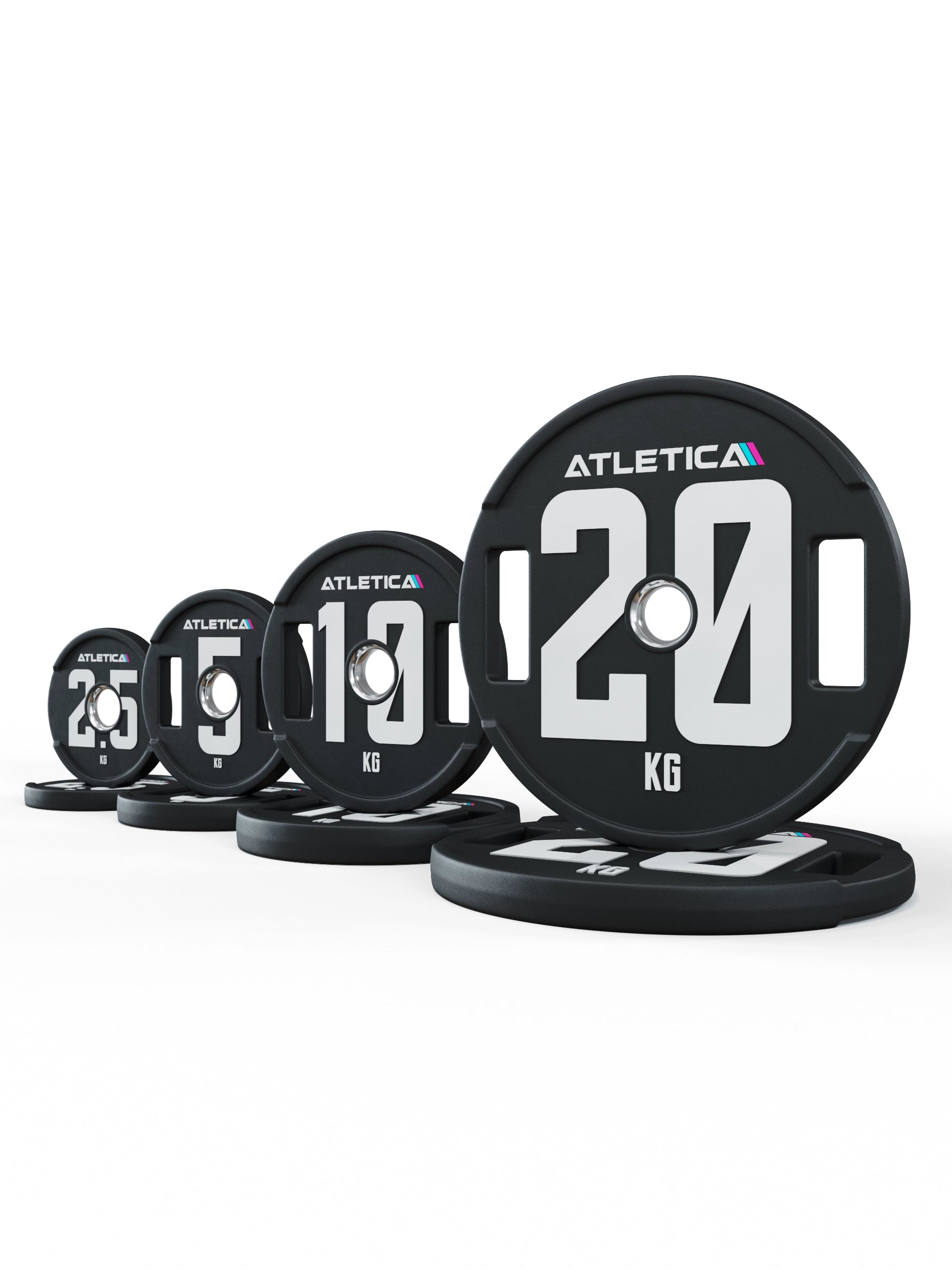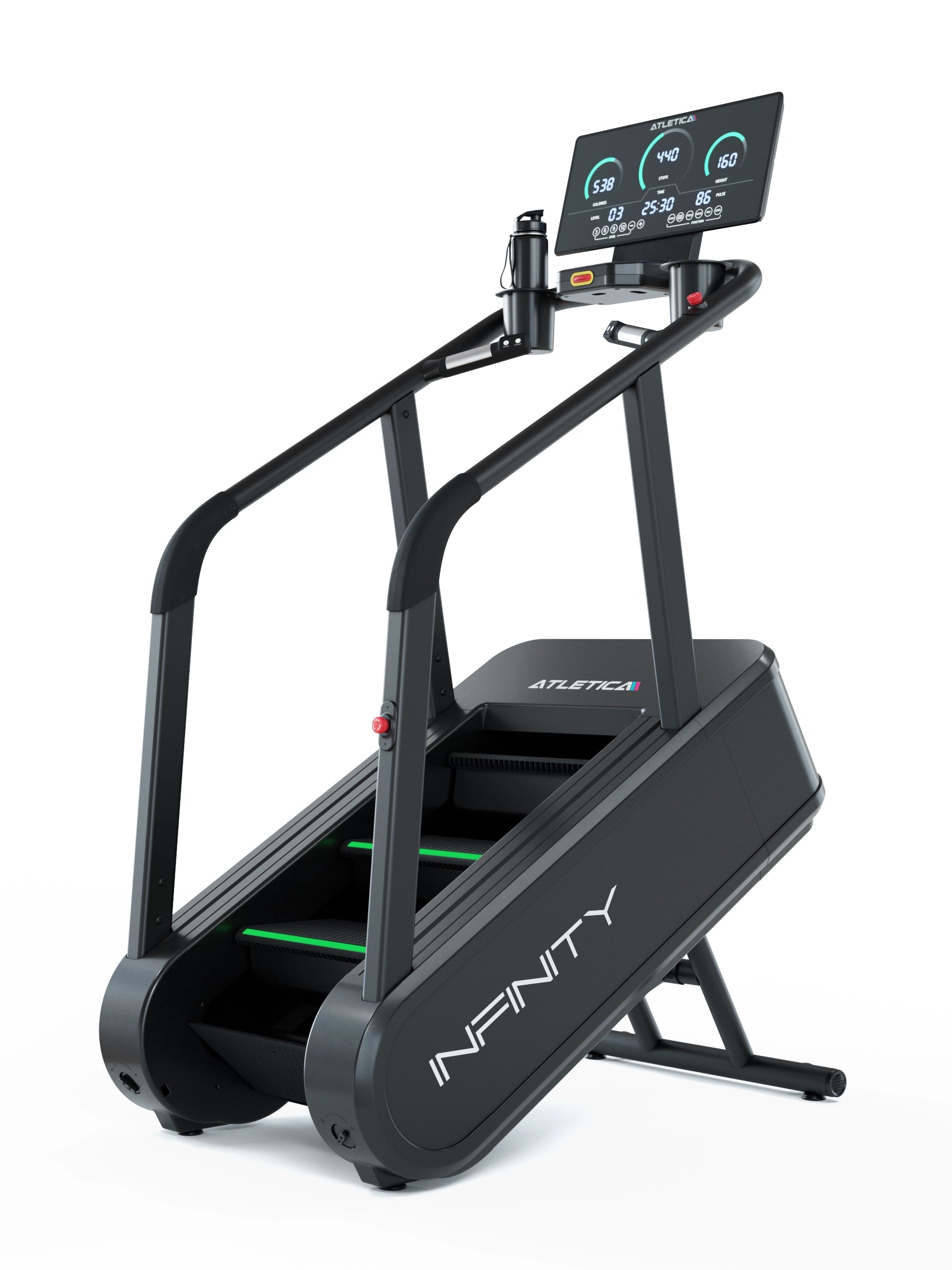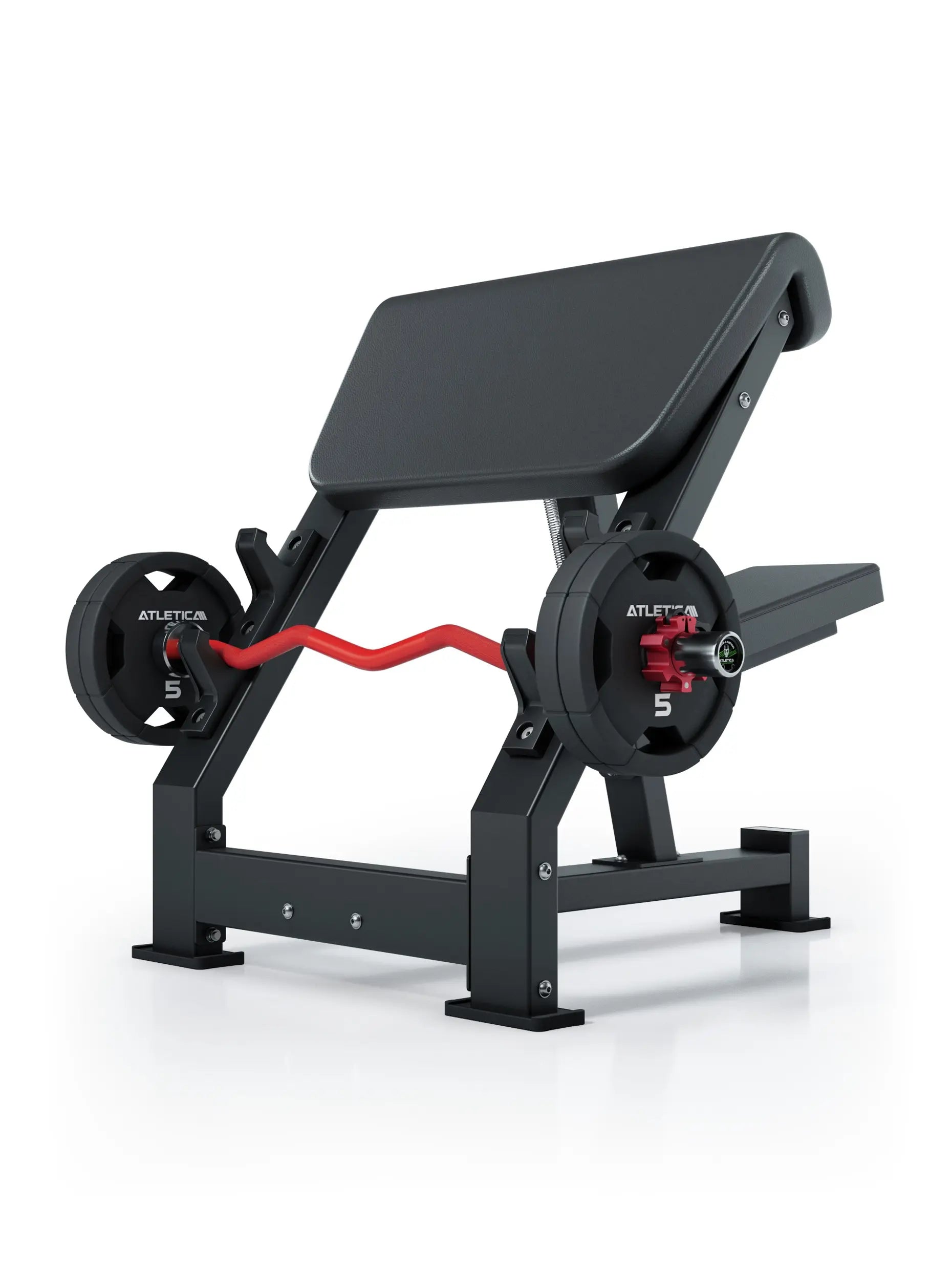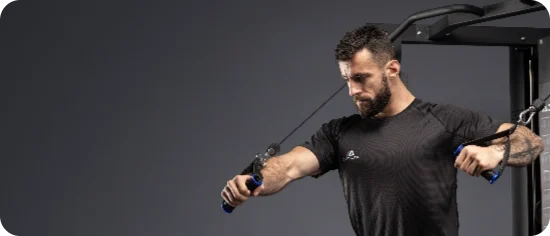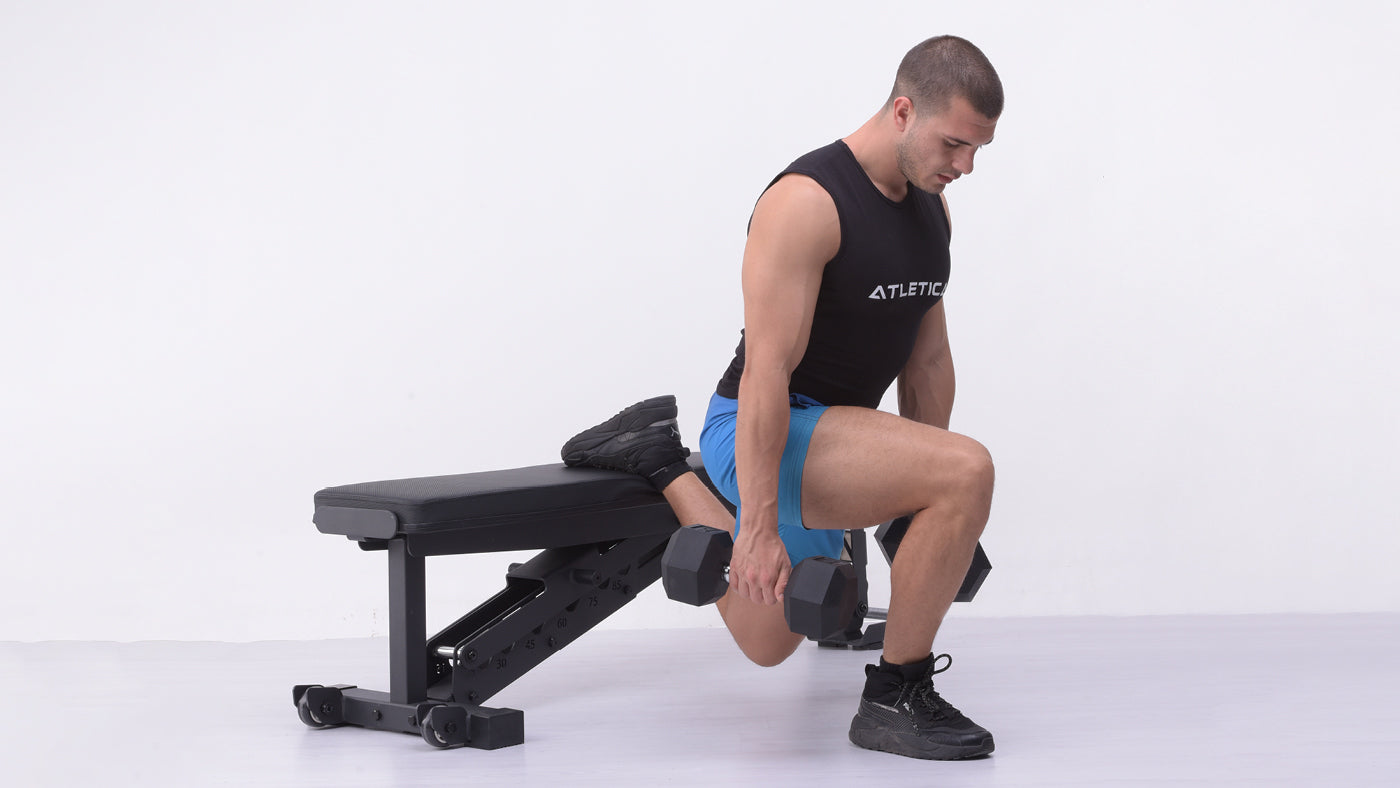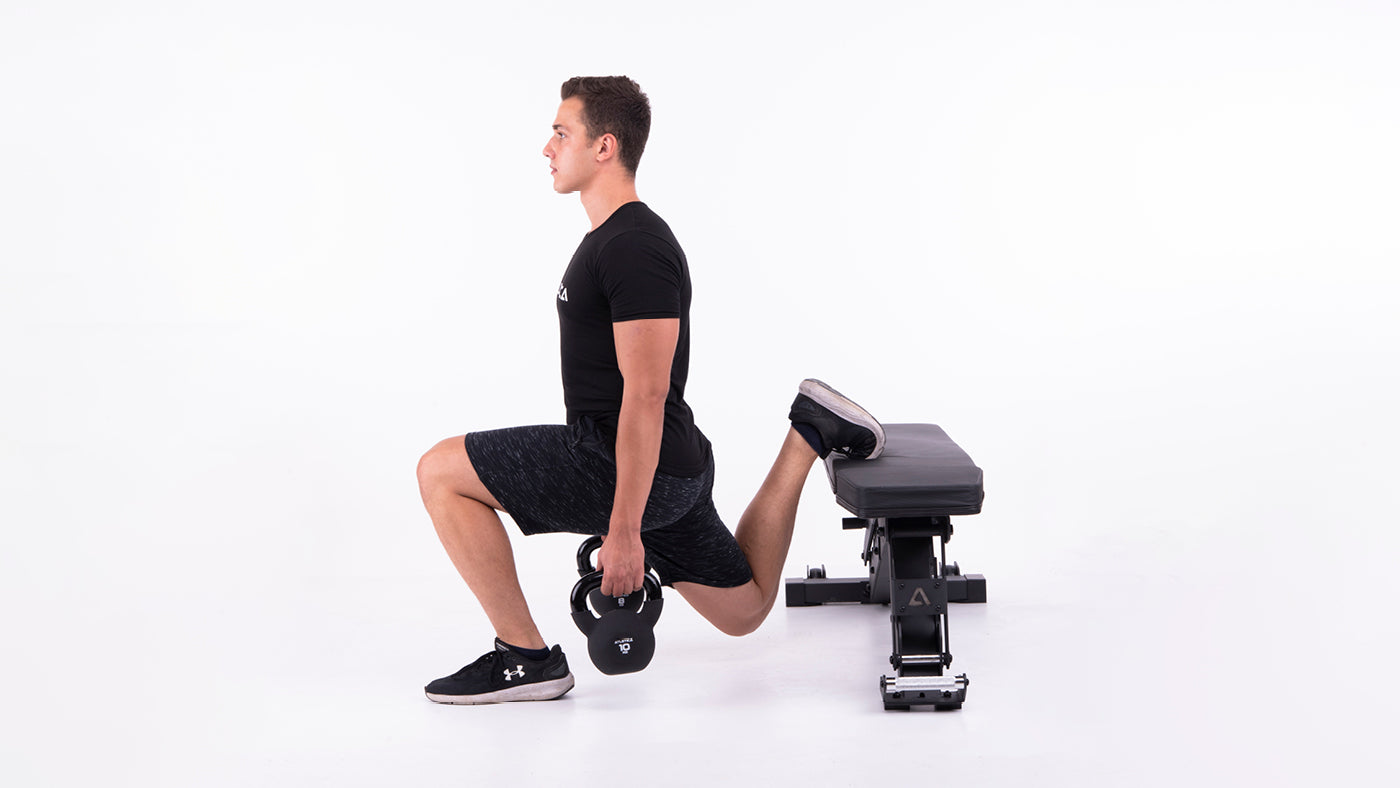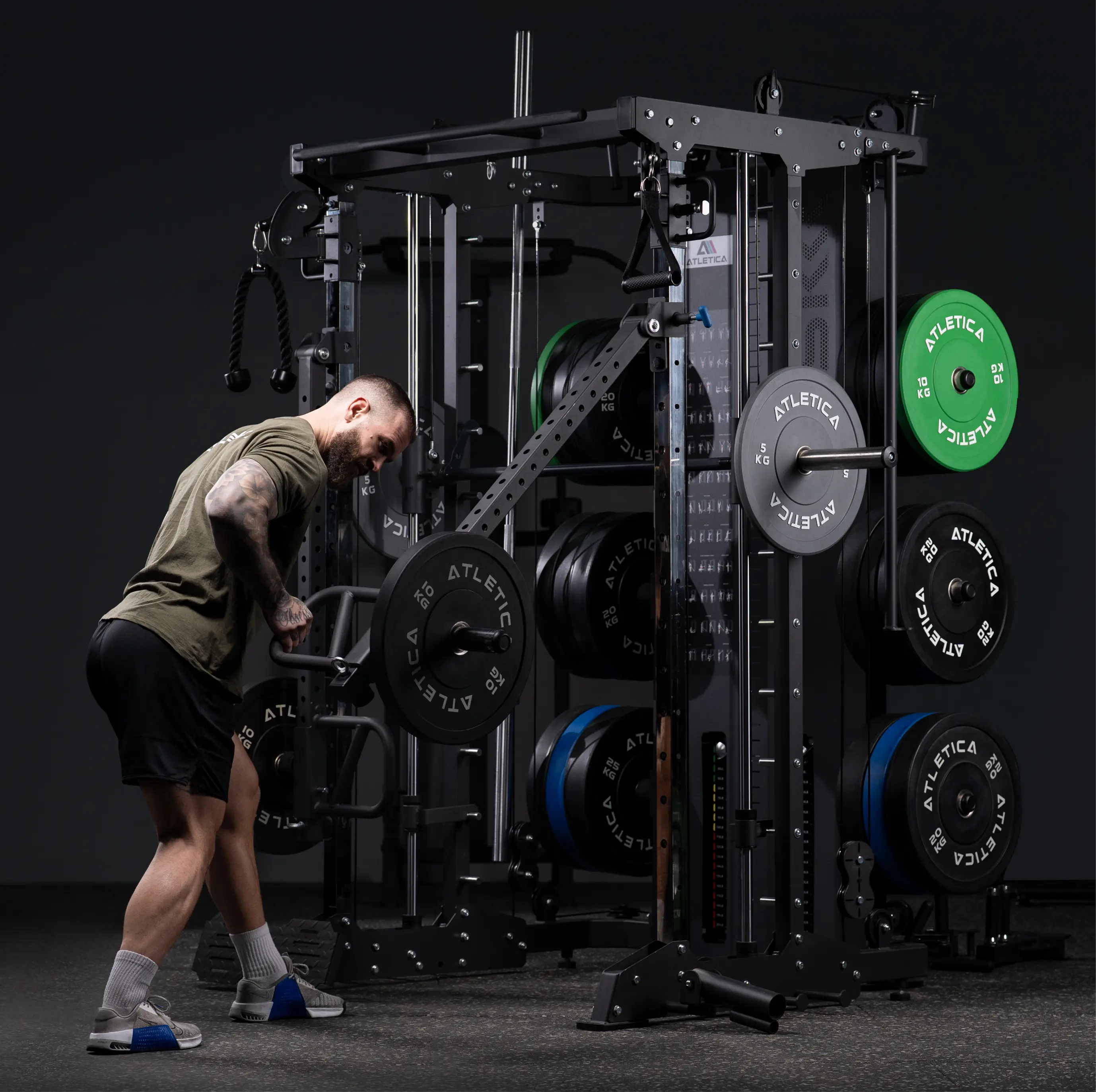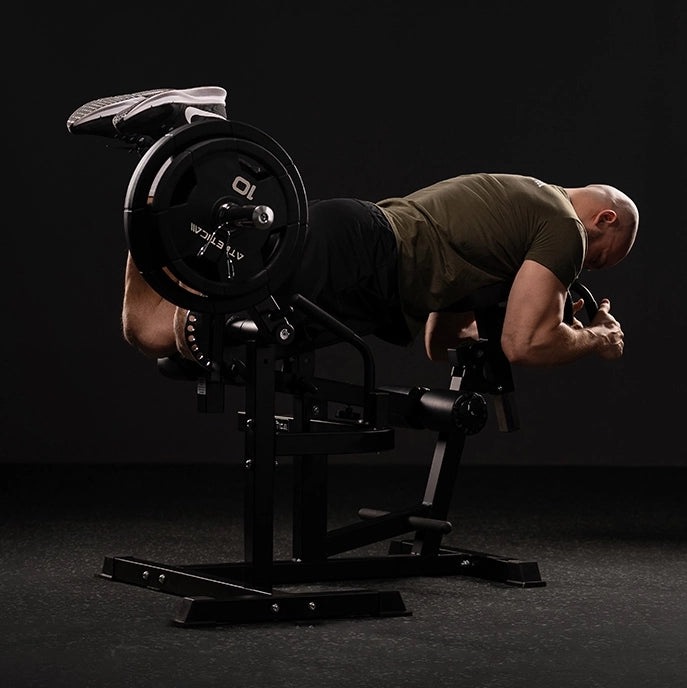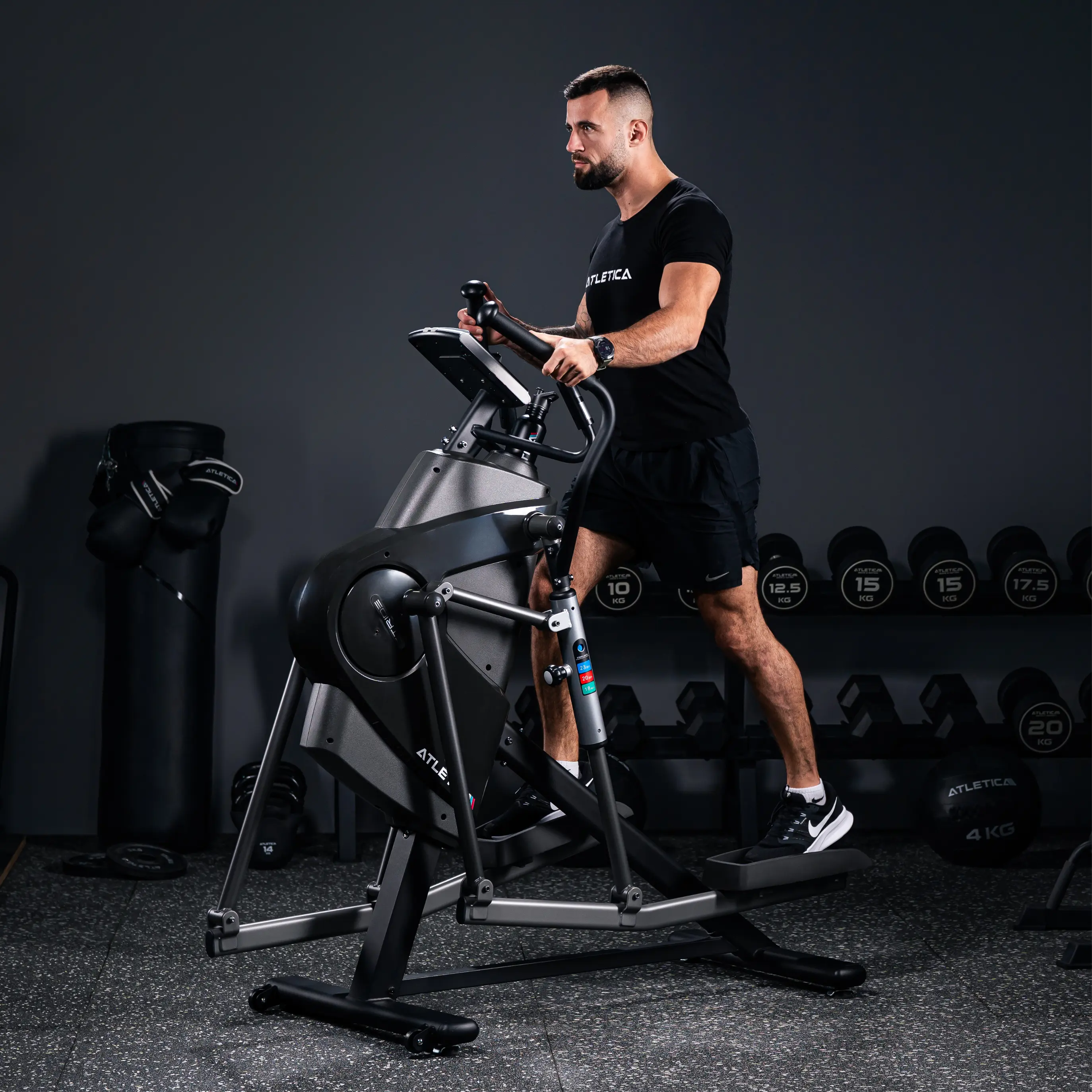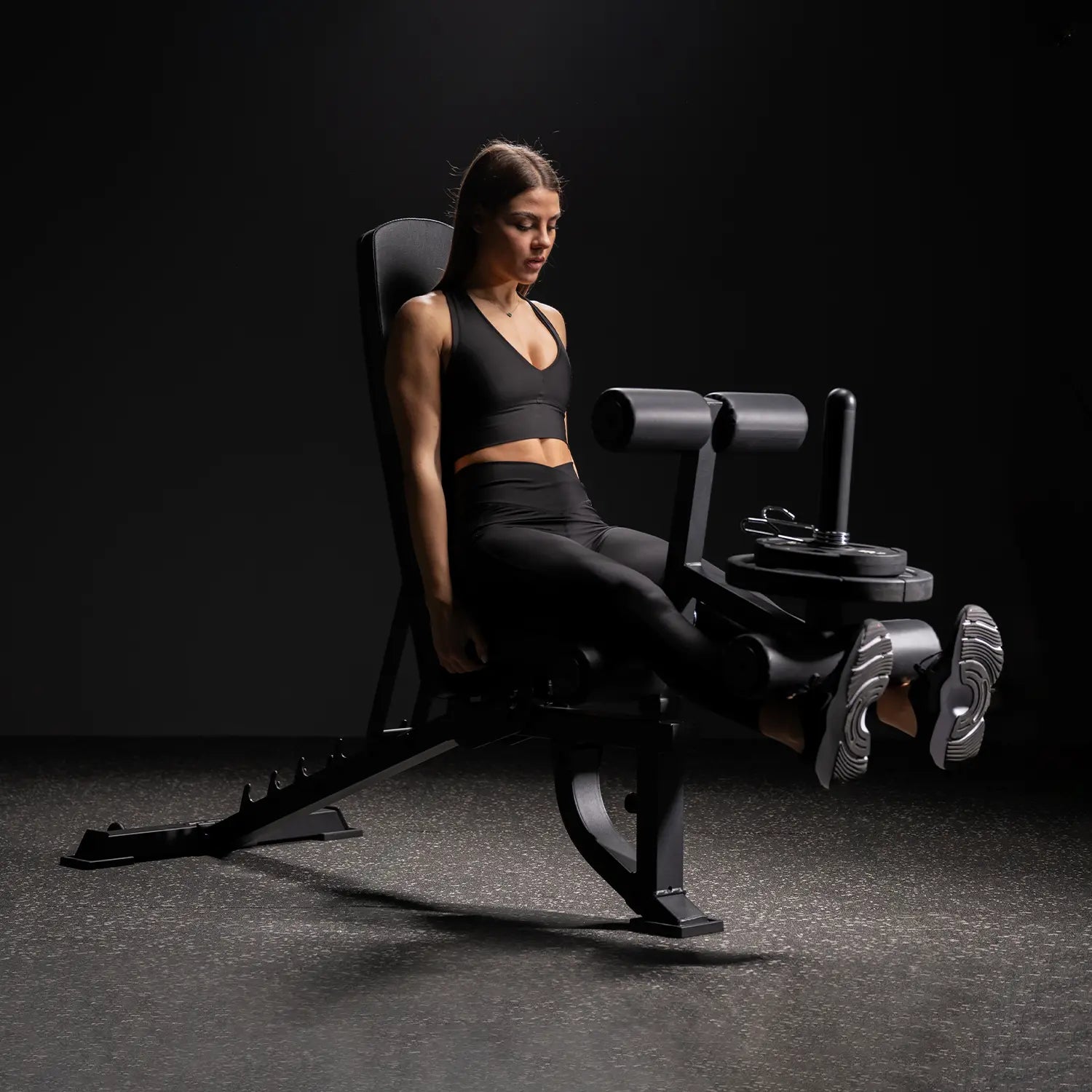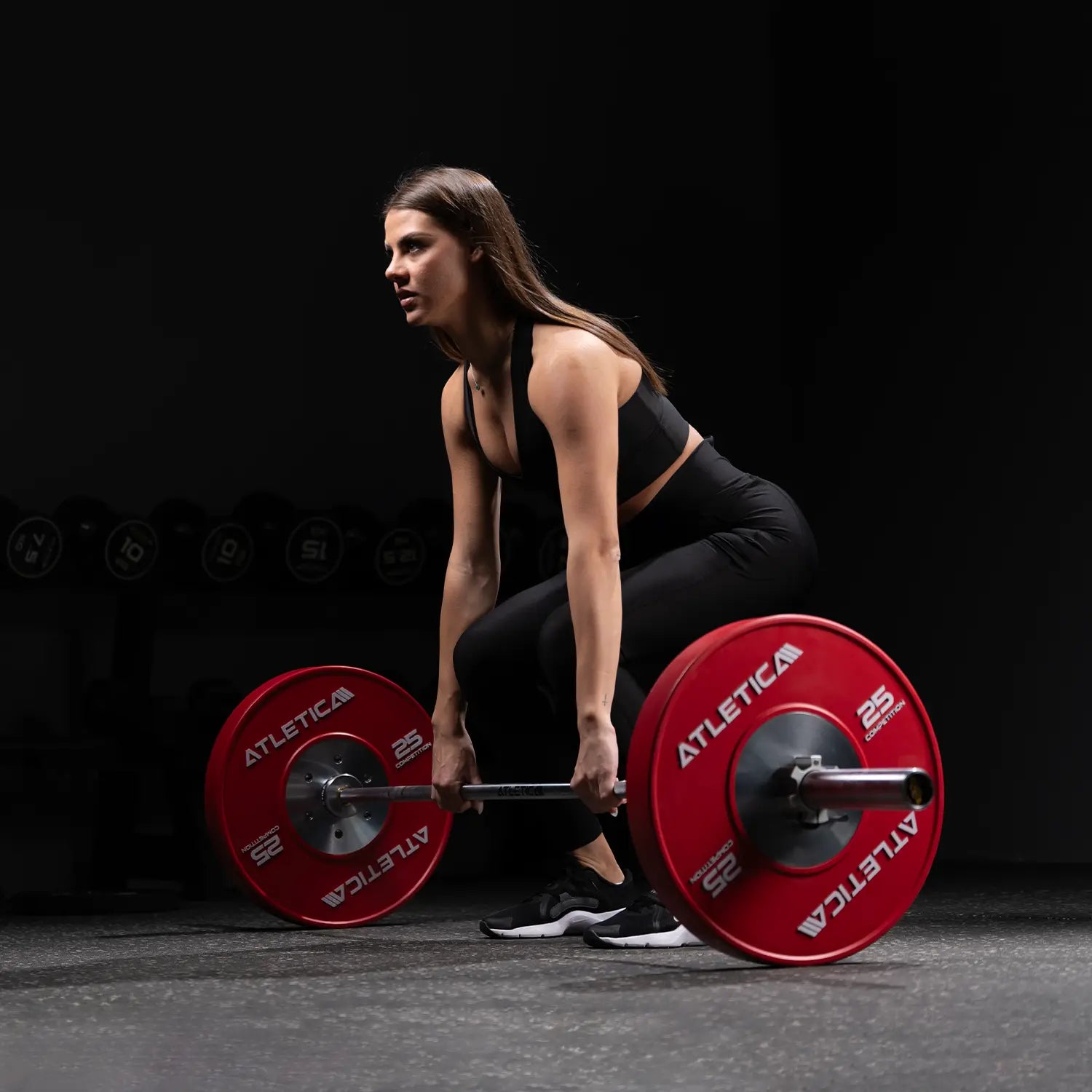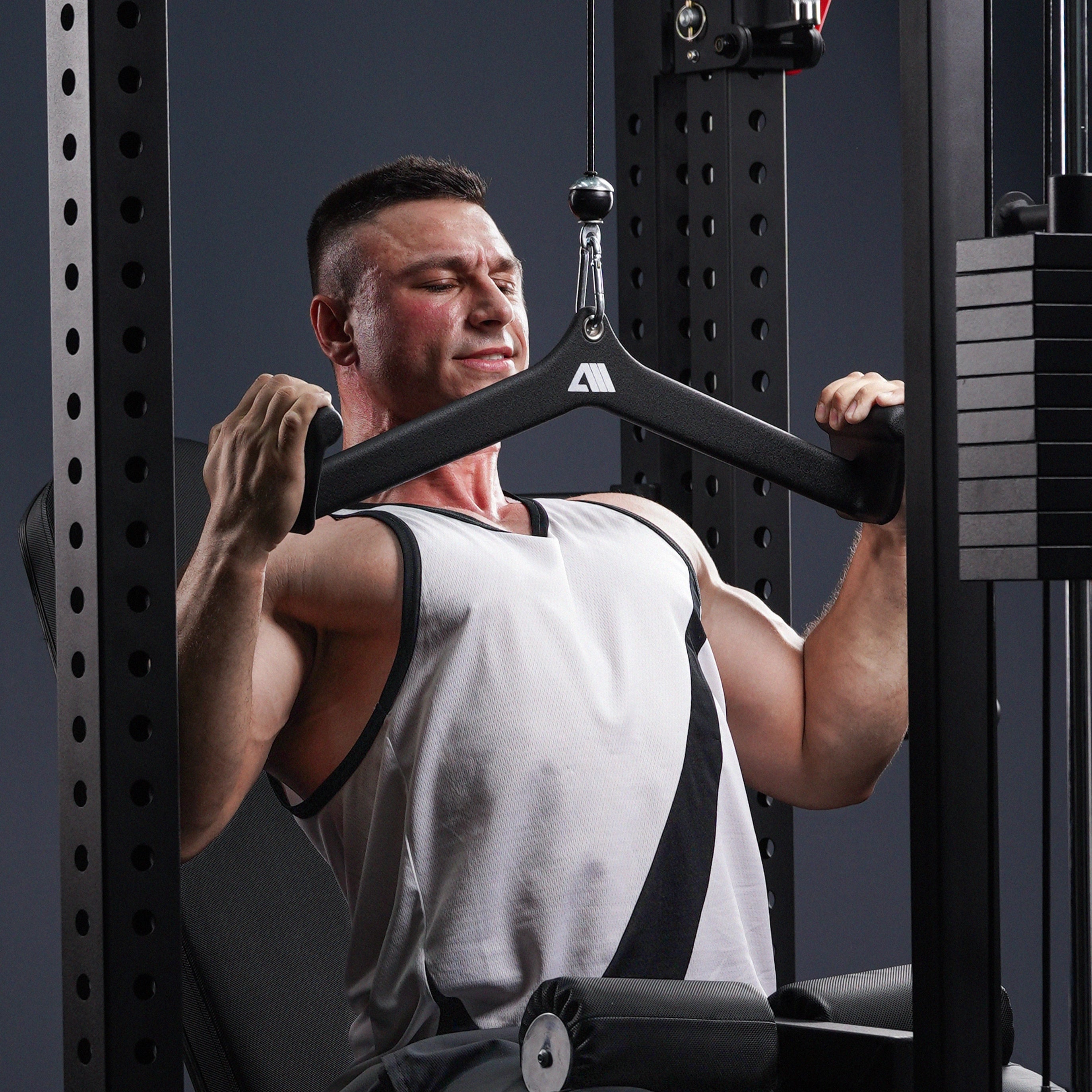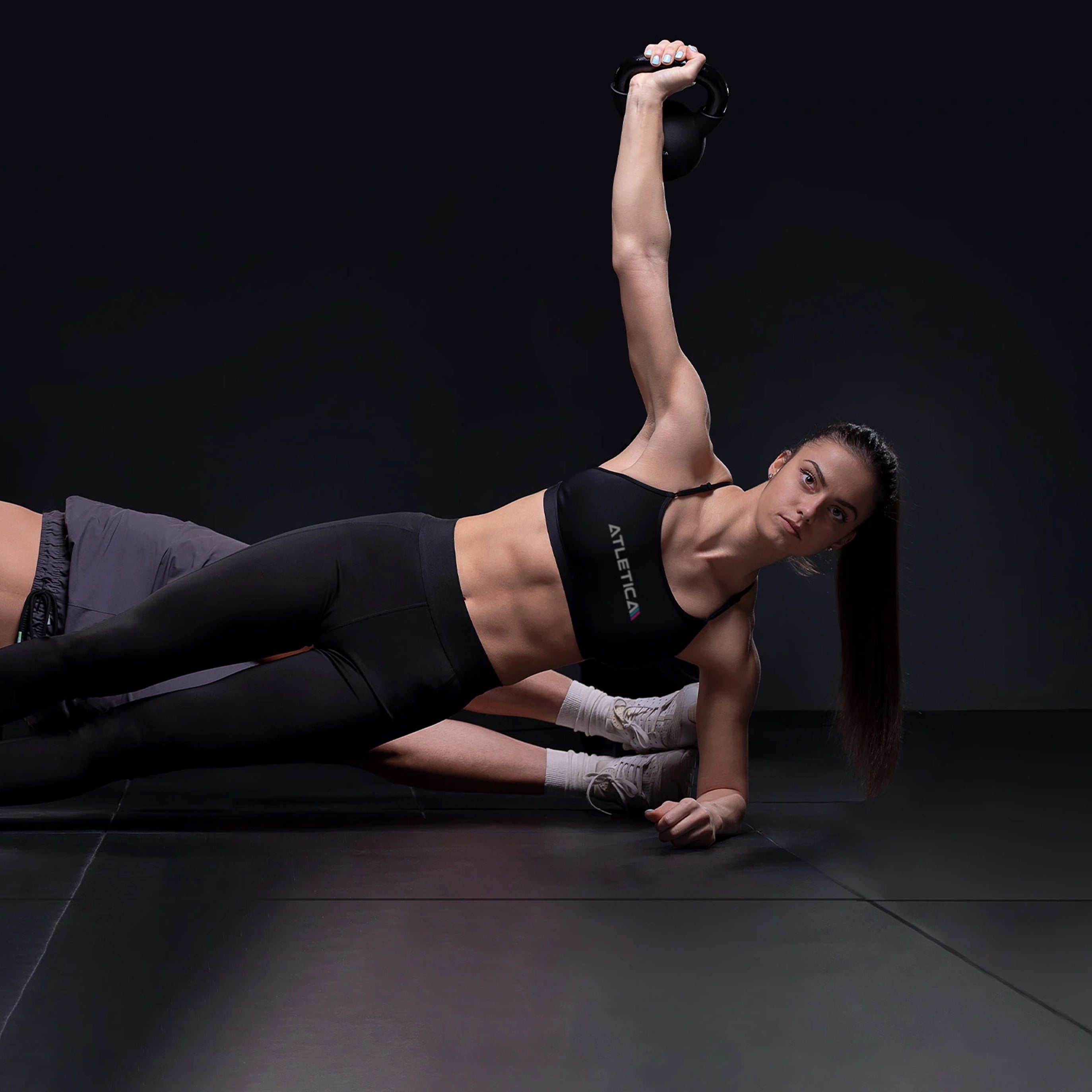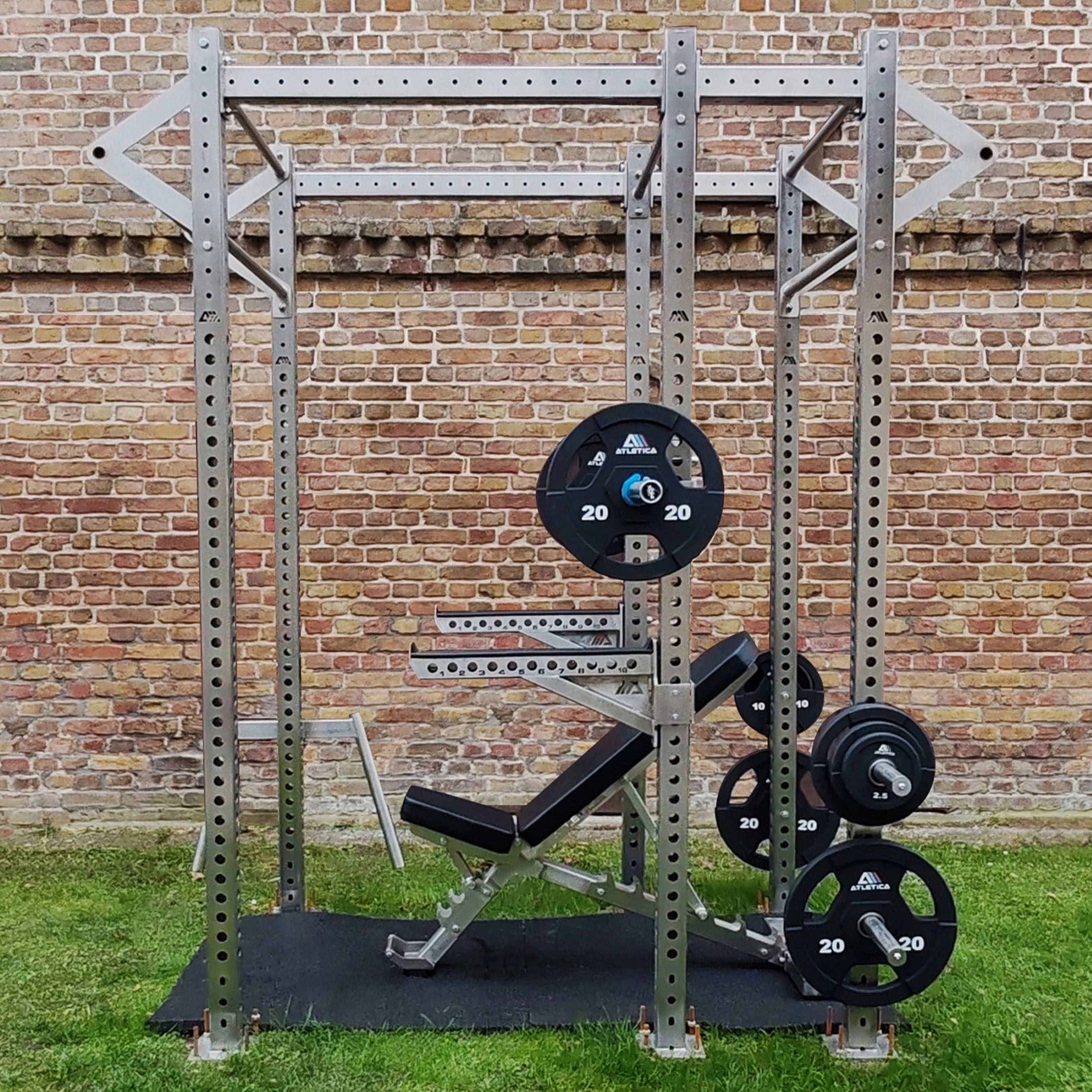Who hasn't experienced it: the unpleasant pulling and tension pain that sets in one or two days after an intense workout? While muscle soreness is a sign that you've pushed your muscles to the limit, it all too often limits mobility, saps motivation, and prolongs recovery time.
The cause lies in small micro-injuries in the muscle fibers, which occur particularly during eccentric loads (e.g. B. when lowering in a squat or lowering the barbell). As a result of this damage, inflammatory processes occur, leading to pain and swelling.
The good news: Muscle soreness is not only preventable, but also much easier to manage with the right training, sensible habits and the right equipment.

The most important measures to prevent muscle soreness
1. Warming up is mandatory, not optional
An effective warm-up prepares muscles, ligaments, and joints for the upcoming exercise. It increases blood flow and muscle temperature, which improves elasticity.
Tip: Combine a light cardio machine like the AirBike / MagnaBike with mobilization exercises to stimulate your circulation and increase your mobility.
2. Train progressively – don’t overdo it
Muscle soreness often occurs when you train too much, too fast, or too intensely—especially after long breaks. Start with moderate volume and build up slowly.
Avoid spontaneous maximum loads. With the Power Rack R5, you can increase your training safely and in a controlled manner – with optional safety support and accessories such as dip bars or lat pulldowns.
3. Dose eccentric movements
Caution is especially advised when performing unfamiliar movements during the stretching phase—such as downhill running or negative bench presses. Gradually work your way into eccentric loading.
If you e.g. For example, if you do split squats or reverse flys , start without additional weight or use mini bands to build controlled muscle tension without overexerting yourself.

Regeneration begins immediately after training
1. Cool down and stretching
A gentle cool-down brings your cardiovascular system back to rest mode. Supplement your workout with 5–10 minutes of easy cycling or walking, followed by stretching.
2. Fascia massage & promote blood circulation
After training, the use of fascia rolls and fascia balls is particularly effective for loosening adhesions, promoting blood circulation and stimulating the metabolism.
Recommendation: Use the fascia tools from Atletica directly after the session – e.g. E.g. for legs, back or shoulders.
3. Sufficient sleep & recovery days
Muscle building doesn't happen during training, but rather during the recovery phase. 7–8 hours of sleep, magnesium, and sufficient fluids support your body's regeneration.
Even if you are motivated, plan conscious rest days – or do a mobility workout with mini bands and body weight exercises on “light days”.
Nutrition to prevent muscle soreness
The right nutrients help reduce inflammation and repair micro-injuries faster:
- Protein for muscle building (e.g. B. Whey after training)
- Omega-3 fatty acids to inhibit inflammatory processes
- Magnesium, potassium and zinc for muscle and nerve function
- Antioxidants from berries, green tea or vegetables to reduce oxidative stress
- Sufficient water to supply the cells with nutrients
In addition, natural products such as ginger, turmeric or BCAA supplements help to improve regeneration.
Training examples : Avoid muscle soreness during strength training
Upper body unit (moderate)
- Seated row on the cable pulley → 3×10
- Push-ups with push-up handles → 3×12
- Lat pulldown on the power rack → 3×8
- Reverse Flys with Minibands → 3×15
- Cool-down with fascia roller

Leg & core unit (gentle)
- Bodyweight lunges → 3×12 per leg
- Glute Bridge on the weight bench B10 → 3×15
- Side Planks → 3×30 sec.
- Stretching + mini band activation
These training formats activate the muscles in a controlled manner without overtaxing them – ideal for those returning to exercise or for intensive weeks.
When you can train despite sore muscles – and when not
Mild muscle soreness is no reason to skip training completely. What's important is:
Training allowed at:
- Slight pulling, no severe pain
- Full range of motion possible
- You feel generally fit
Avoid training if:
- Severe pain or swelling
- Limited mobility
- Fatigue, muscle tremors or exhaustion
In such cases: Focus on regeneration (walks, fascia massage, light mobility workout).

Conclusion: Preventing muscle soreness means training smarter
If you want to avoid muscle soreness, you don't need miracle cures – you need well-thought-out training, smart recovery, and the right tools. With a structured warm-up, progressive loading, targeted post-workout, and a balanced diet, your body will stay fit and motivated.
Products such as mini bands, fascia rollers, push-up handles or the power rack help you to make your training safe and effective – and take some of the fear out of sore muscles.
You can find even more tips for smarter training and better recovery in the Atletica Blog or in the online shop for high-quality equipment. This way you train smarter – not harder.


